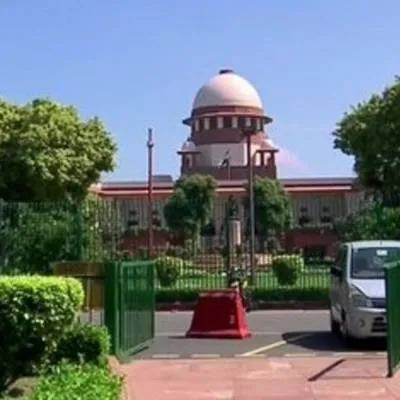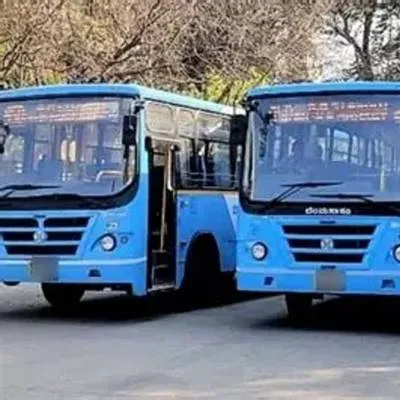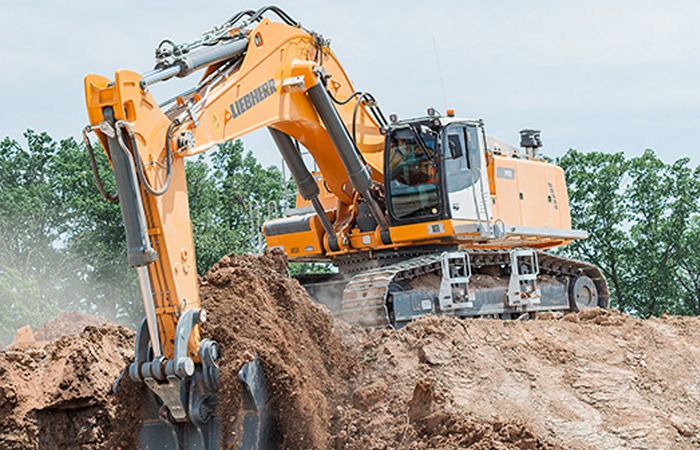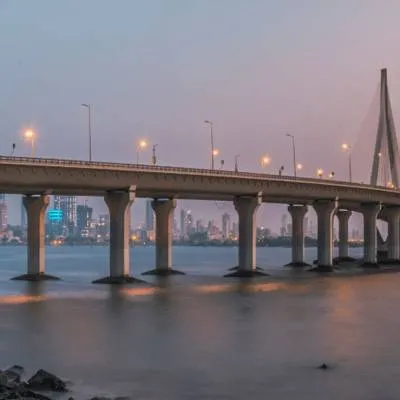Schedule a Call Back
Wind turbines can be recycled environmentally: IIT Mandi researchers
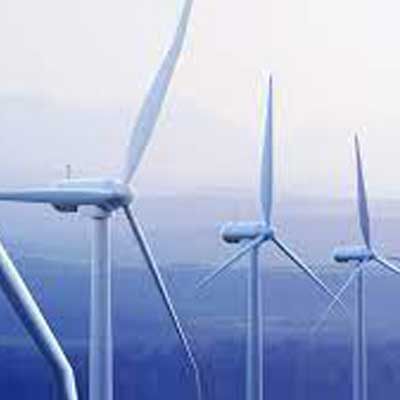 Microwaves have reportedly been used successfully by researchers at the Indian Institute of Technology Mandi to recycle polymer composites from used wind turbine blades in a quick, long-lasting, and relatively eco-friendly manner.
Microwaves have reportedly been used successfully by researchers at the Indian Institute of Technology Mandi to recycle polymer composites from used wind turbine blades in a quick, long-lasting, and relatively eco-friendly manner.Polymer composites, which are typically polymer systems in which fibres like glass and carbon are incorporated for strength, are used to make the blades of wind turbines.
To recycle Glass Fibre Reinforced Polymer (GERP) composite waste, the team has developed a Microwave Assisted Chemical Recycling (MACR) procedure that is environmentally friendly. Microwaves were used to speed up the chemical breakdown of GERP composites using acetic acid and hydrogen peroxide.
The procedure is particularly unique because both hydrogen peroxide and acetic acid are environmentally friendly chemicals.
The researchers found that their method had a 97.2% epoxy decomposition rate while recovering the glass fibres. In comparison to virgin fibres, the recovered fibres had more than 90% of the other mechanical properties and nearly 99% of the strength.
“The recycling method that we have developed can lead to a profound shift in recycling technologies, which can help the country move towards a circular economy for wind turbines blades,” Venkata Krishnan, Associate Professor, School of chemical sciences, IIT Mandi, said.
With a total installed wind power capacity of 40.8 GW at the end of Q2 2022, India will be the fourth largest country in the world for the installation of wind energy systems. India's wind energy potential is still largely unrealized.
According to a recent resource assessment by the National Institute of Wind Energy (NIWE), the country has a total wind power potential of 302 GW at hub heights of 100 metres and 695.50 GW at 120 metres.
Recycling might be seen as a promising solution as India struggles to repower outdated wind projects.
The decommissioned structures of these glass fiber-based turbine blades are destroyed, landfilled, or burned when they can no longer be used. These disposal techniques increase costs and environmental pollution. It almost negates the environmental advantages of wind energy. Furthermore, the cost of these composites used in wind turbine blades may increase due to landfill disposal restrictions and fluctuating raw material prices.
According to a report, ‘Capturing Green Recovery Opportunities from wind power in Developing Economies,’, the wind energy could bring in $18 Billion gross value to India’s economy.
See also:
Mumbai airport introduces wind-solar hybrid energy for airport
Tamil Nadu establishes highest wind power capacity


Subscribe Now
Subscribe to our Newsletter & Stay updated
RECENT POSTS
Popular Tags
Folliow us
Related Stories
Maharashtra Govt Prioritises Eco-Friendly Bridge Construction
The Maharashtra government has announced that all future bridge projects in the state will follow eco-friendly and sustainable construction norms. ...
Supreme Court Seeks Maharashtra’s Response on Pune Road Project
The Supreme Court has sought a response from the Maharashtra government on a petition concerning a major road project in Pune. The plea alleges irr...
Deputy CM inspects key infrastructure work to ease city traffic flow
Maharashtra Deputy Chief Minister Ajit Pawar recently inspected the ongoing construction work at the Tanpura Bridge project in Pune. The bridge, a ...

